On a recent trip, our vehicle broke down. Thankfully, we were near Lincoln, NB, so we could get it fixed, but because of the weekend and shipping delays, we unexpectedly ended up spending two days exploring Lincoln.
We certainly could have picked a worse town to get stuck in. The first day we visited Lincoln’s capital building (which is fine I’m sure, but I don’t think I’ll ever blog about it), and the second we went to the Lester F. Larsen Tractor Test & Power Museum. (Everything had to be within walking distance—for us, 5-6 miles round trip—from the hotel (Cornhusker Hwy Super 8—the service is absolutely terrific if you’re looking for someplace to stay in Lincoln, as is the free breakfasts in the mornings) since we didn’t have a vehicle.) We all enjoyed ourselves at the museum, and one of the 5-year-olds even said that it was his favorite thing we did on the whole trip—but, knowing what he thinks of tractors, I might have guessed this 🙂
Anyway, the museum is located on the University of Nebraska’s East Campus. As their website will tell you, the museum can be a challenge to find, but it is worth stopping by if you’re in the area. Where else can you find some of the illustrious tractors in history and the admission is free?
To get to the Lester F. Larsen Tractor Museum, take 27th Street to Holdrege Street and travel east across 33rd street to University of Nebraska Lincoln’s East Campus Loop. Here you will be entering the campus grounds. Turn north (left) and then take 35th street to Fair. I believe that there is a curve that makes it so you have to turn onto Fair, whether you want to or not. The museum is a small whitewashed building, with the name on the building. Parking will be on the left, across from the back of a large campus building. We crossed the road to the right and ate a picnic lunch on the grass next to the college building. Classes really weren’t in session, expect for a few summer classes, so not much was happening on the campus.
The museum itself doesn’t have a huge amount of parking, but I don’t gather it really needs to be very big as it doesn’t get a lot of business. Field trips and group tours are available; check the website for logistics (http://tractormuseum.unl.edu/visit.shtml). The museum is open from 8:30-4:00 on weekdays and 10:00-2:00 on Saturday; closed Sunday.
Inside the museum, there is some information in pamphlets. My recommendation would be to skip these for now and pick one or more up on your way out. Our favorite handout was a booklet that contained the stats on the tractors tested in the facility next door the year before. Wow! What a lot of tractors! And what a lot of statistical information! The donation box is also located here, with a list of suggested donations.
At this point an elderly gentleman met us and offered to show us around. It was great to have a tour guide, but you could enjoy the museum without one as well. The building that houses the museum is the original facility used by the state of Nebraska to test tractors for farmers. It seems that some quacks were selling tractors that didn’t even work well enough to get the tractor home, let alone work in the fields. After this happened to Nebraska congressman W.F. Crozier, he got senator friend Senator Charles Warner to take up the cause. This senator managed to get a testing facility installed on the University of Nebraska’s East Lincoln campus in 1919, and any tractor that didn’t pass the testing facility’s tests couldn’t be sold in the state of Nebraska. This was the first testing facility of its kind, and may still be the only one around (I’m not sure on this—there may be others, but I’ve never run into them). A new facility was eventually built for the newer tractors, behind and to the left of the old building. As you walk out, look over on your right and you will be able to see a track where some of the testing is done.
There are several exhibits in the museum, including one about the facility and another with the initial testing machine. Some of my favorite exhibits included the barbwire display (I never knew that so many different types of barbwire existed!) and the exhibits in a little room on the left with cooking and other every-day utensils in it.
And then there are the tractors. Big tractors, little tractors, yellow, red, green, blue, and orange tractors, Case, John Deer, Ford, and McCormick tractors. The museum’s goal is not to display each and every tractor that was ever tested at the facility (although the ones on display are left over from being tested), but instead to display tractors that were “firsts” (for example, the first tractor with a three-point hitch) or that were especially memorable (a tractor that was perhaps the most used tractor in the state at its time). Each tractor has a description on it, telling the tractor’s name and how it is special to the history of tractors. Most of the tractors are fairly old (probably dating from before the 1950s), which was a disappointment to one of the 5-year-olds in our group, who loves the big new tractors. Still, he said that this was the favorite thing he did on the entire trip (even more fun than sliding down a glacier), so I guess he enjoyed himself anyway.
On your way out, make sure you look at the pamphlets, as there are some interesting ones, and others that advertise nearby attractions.
Fees: Admission is free, but donations are suggested. I think it was around $5 per family.
This Week’s Featured Product!
Let your imagination go wild with these curiosities to see in Nebraska!

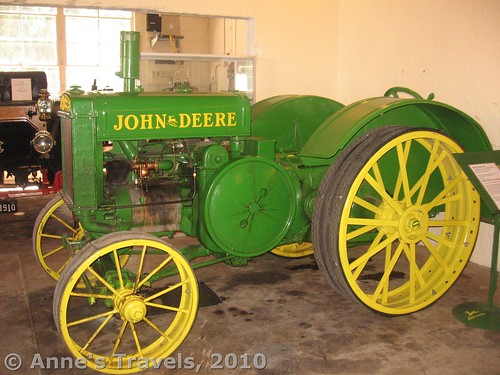


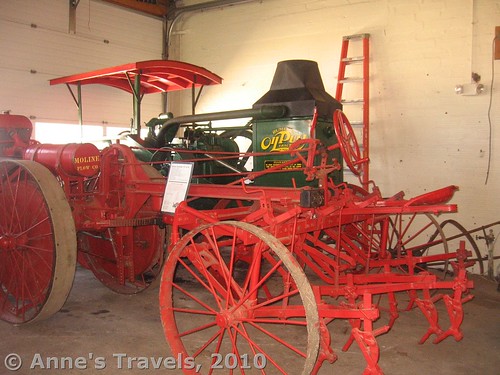
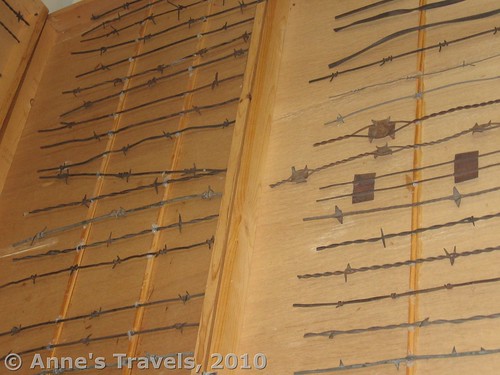
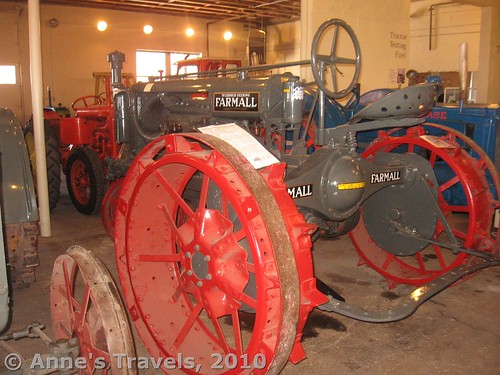
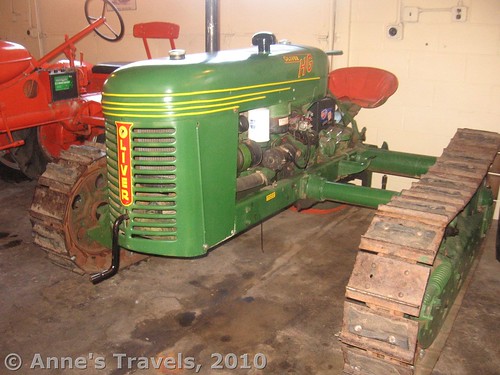
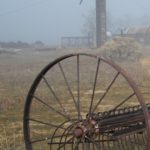
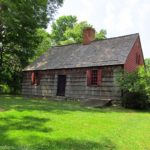
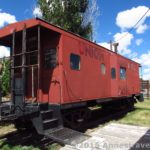
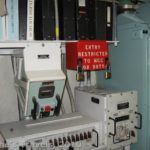

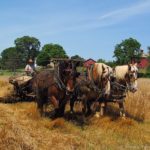
On the same issue of Tractors I have found them to be the most dependable farm tractor ever. Good stuff I have given it a Digg for you
Pingback: 10 of the Best Free Historical Sites in America - Anne's Travels